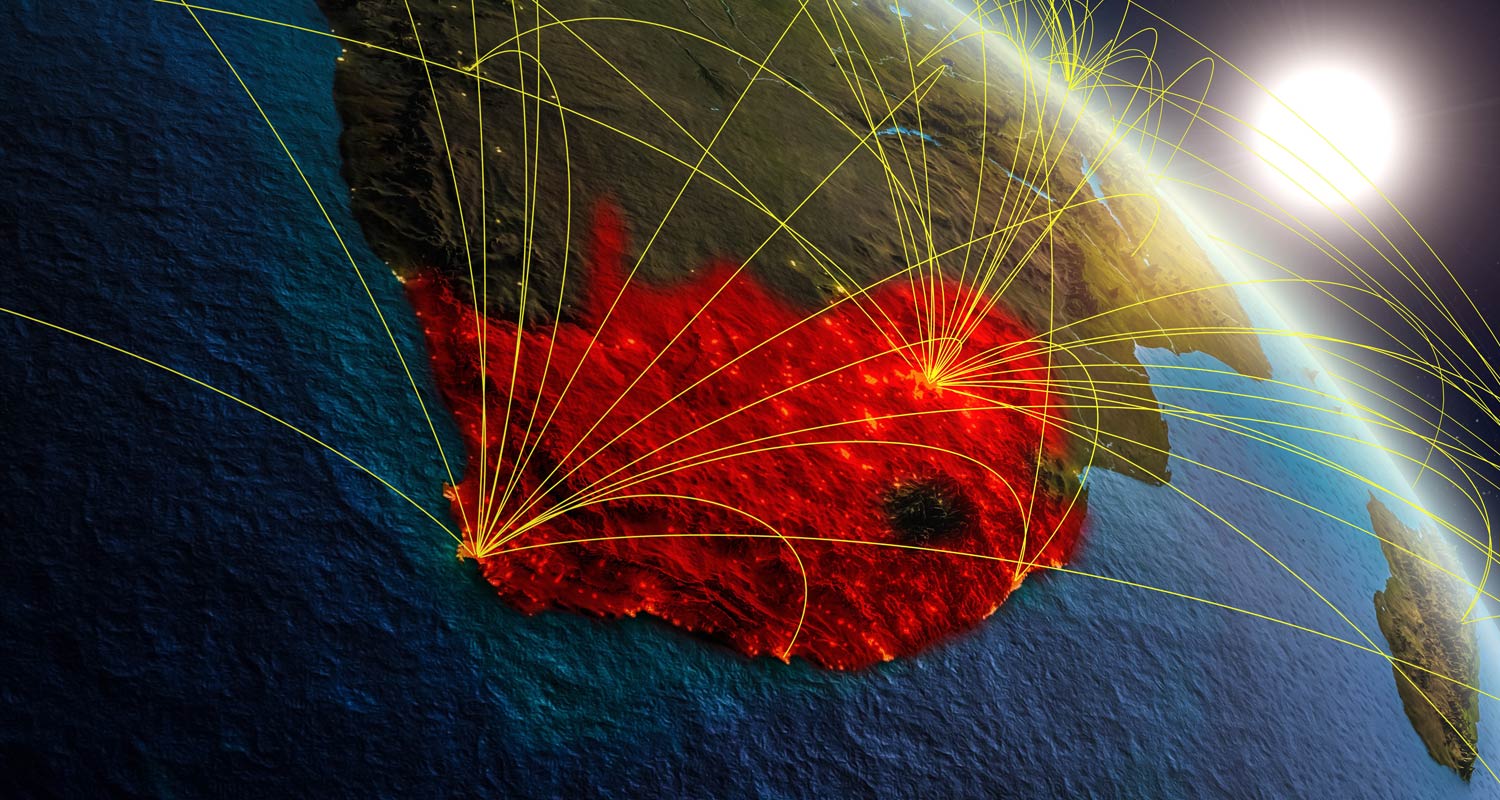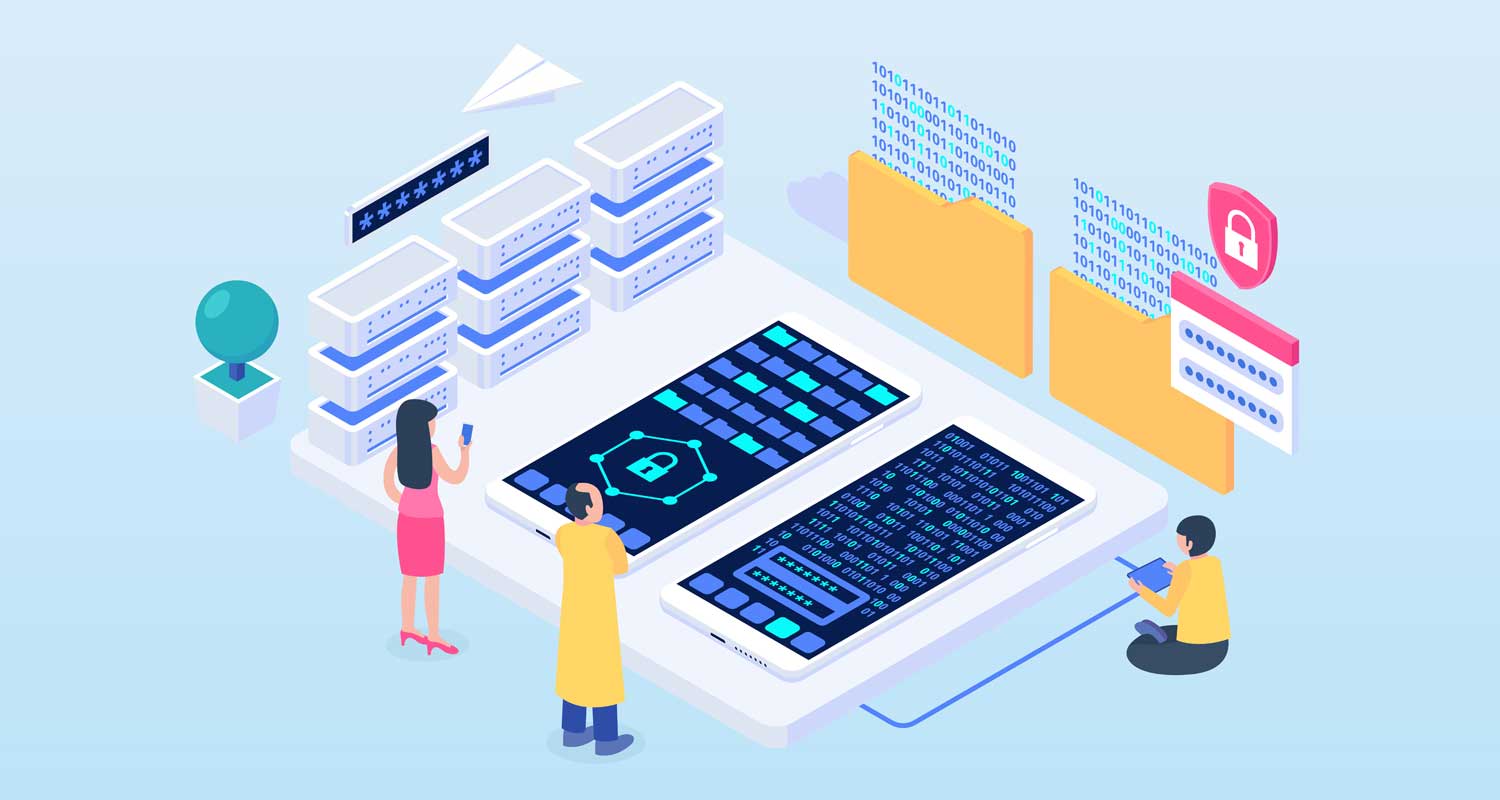 It’s 2024. Remote work and cloud computing are the norm. Everyone expects seamless, constant connectivity wherever they are based. And robust cybersecurity is more critical than ever.
It’s 2024. Remote work and cloud computing are the norm. Everyone expects seamless, constant connectivity wherever they are based. And robust cybersecurity is more critical than ever.
As organisations across the African continent embrace digital transformation, traditional security models are being challenged to adapt.
Enter Secure Access Service Edge (SASE), a progressive approach to cybersecurity and network management that promises to redefine how South African businesses secure their application data and empower their workforce.
What exactly is SASE?
SASE, in essence, is a technology that delivers wide-area network (WAN) and security controls directly to the source of connection, whether it’s a user, device, application or edge computing location. Unlike traditional approaches that backhaul all WAN traffic to centralised data centres, SASE leverages cloud and edge computing technologies to minimise latency and enhance security, regardless of the user’s location.
Why is SASE gaining traction in the cybersecurity community?
At its core, SASE is built on the principles of digital identity, real-time context and compliance policies, rather than relying solely on perimeter-based defences like firewalls. This means that security is enforced based on the user’s identity and the context of their connection – unique markers that offer far more effective protection against emerging threats.
The concept of SASE was coined in 2019 by market analyst Neil MacDonald of Gartner, and since then it has gained traction as a transformative solution for businesses worldwide.
Early critics of the model suggested it needed more analytics and machine learning and doubted whether companies would want all their SD-WAN and security from a single vendor. But Gartner countered with data showing that service chaining security and SD-WAN functions from multiple vendors often yields “inconsistent services, poor manageability and high latency”.

Maxtec MD Praven Pillay agrees. “The SASE model is a viable choice for South African businesses. By converging WAN and network security functions into a single, cloud-native platform, it offers several key advantages over traditional security models,” he says.
Industry analysts have also been quick to recognise its potential. Given its cloud-native architecture and focus on user-centric security, SASE is fast attracting companies that need to adapt to the demands of an increasingly distributed workforce.
What drives early adopters to the SASE model?
One of the primary drivers behind the adoption of SASE is the rise of mobile, edge and cloud computing in the enterprise. As users, applications and data move away from the corporate data centre to the cloud and network edge, organisations need a solution that can provide secure and reliable connectivity, regardless of location.
SASE achieves this by offering a globally distributed fabric of points of presence (PoPs), which deliver a full range of WAN and security capabilities with low latency. These PoPs act as connection nodes, ensuring optimised connectivity and maximum security for users, branch offices and cloud applications. Of course, new local PoPs maximise such security – and there’s great potential for this in South Africa, Pillay believes.
Moreover, SASE provides identity-driven services, allowing organisations to attach identities to users, devices, applications and services at the source of connection. This contextual information allows organisations to enforce security policies based on factors such as location, time of day and risk posture, ensuring comprehensive protection against evolving threats.
 SASE makes simple business sense
SASE makes simple business sense
From a business perspective, SASE offers several compelling benefits, Pillay says. By reducing complexity and consolidating WAN and security functions into a single platform, SASE helps companies streamline their operations and reduce costs and risks. Its cloud-based architecture also offers scalability, flexibility and agility, allowing businesses to adapt to changing needs and scale their infrastructure as required.
Moreover, SASE boosts performance by optimising routing and reducing latency, especially for critical services such as cloud applications, videoconferencing and VoIP. With uniform security policies and centralised management, SASE provides comprehensive oversight and ensures a smooth, secure user experience.
Pillay unpacks three reasons Maxtec is so optimistic about the transformative power of SASE in South Africa by summarising what a unified SASE model enables for the company’s partners:
- A guided security journey: Partners can help their customers achieve comprehensive security and a smooth user experience. They can transition from on-premises to remote security solutions, and offer extra products along the way.
- Centralised management: Partners can efficiently handle all customer networking and security needs from one dashboard. This is especially useful for managed security service providers (MSSPs) with multiple clients to streamline operations and improve oversight.
- Simple purchasing and upselling: Partners can easily manage transactions and upsell additional services with a simplified licensing and purchasing model. This straightforward approach benefits both partners and customers, making the process more efficient and transparent.
In short, says Pillay, SASE “makes simple business sense, and we look forward to expanding its impact in South Africa”. Follow Maxtec on LinkedIn to stay updated on the latest developments on this topic.
Learn how SASE can enhance your organisation’s security strategy and drive business growth. For enquiries and help in implementing SASE solutions, e-mail Maxtec at [email protected].
About Maxtec
Maxtec is a trusted distributor of market-leading cybersecurity technologies, empowering South African and SADC IT partners with best-in-class solutions, support services and managed services to enhance their cybersecurity offerings and secure their customers’ data. Visit www.maxtec.co.za, e-mail [email protected] or call 011-803-6635 to discover our comprehensive range of cybersecurity solutions.
- Read more articles by Maxtec on TechCentral
- This promoted content was paid for by the party concerned




